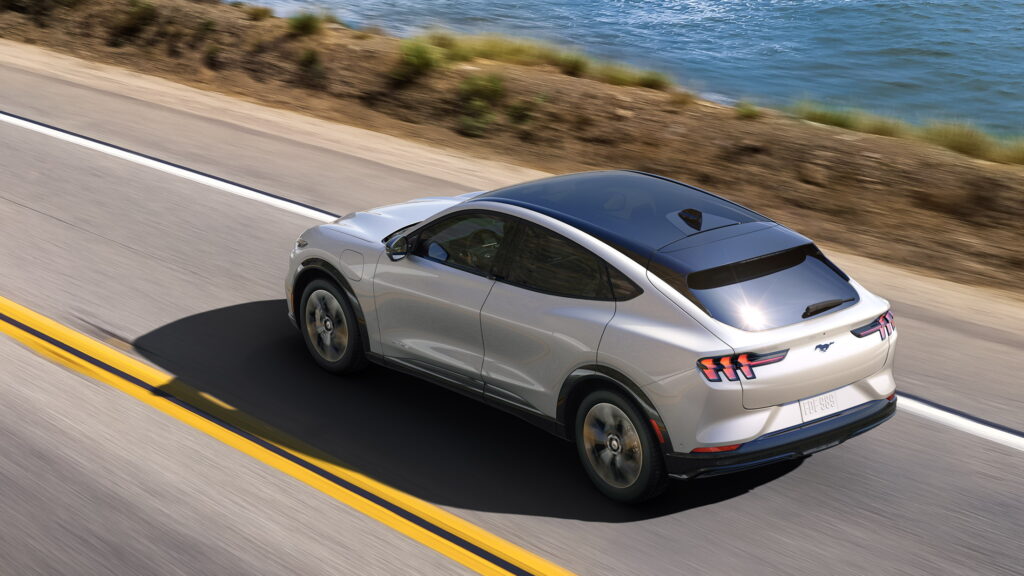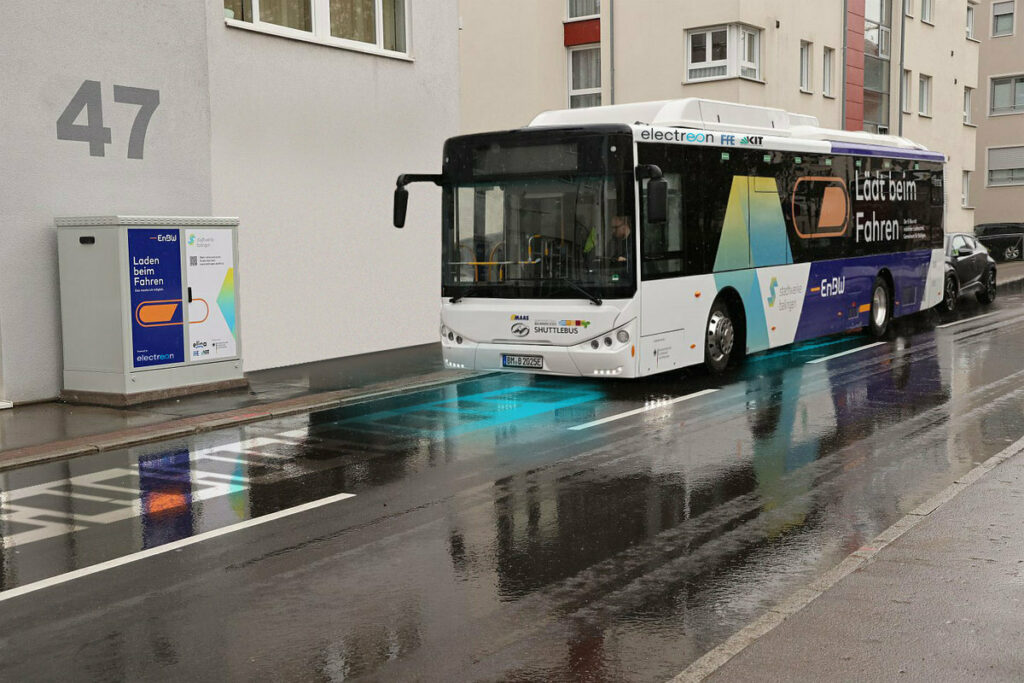The material used to write the Dead Sea Scrolls, combined with the material used to make the Colosseum, could help turn your house’s foundation into a battery
5 hours ago
 –>
–> 
–>
There are solid-state batteries, and then there are really solid state batteries. A group of researchers thinks it has come up with a supercapacitor so sturdy that it can act as the foundation of a house or can be driven over by EVs as it charges them.
Best of all, the technology combines materials that are globally abundant and combine easily: cement, water, and carbon black. Together, they turn concrete into a simple kind of battery called a superconductor.
As the world turns to renewable energy generation, the issue of energy storage becomes an increasing concern. Solar and wind power tend to only make power at certain times of day, which means that the power has to be stored in order to power homes at night.
advertisement scroll to continue
The group of MIT researchers working at the Wyss Institute for Biological Inspired Engineering isn’t the first to explore the concept of turning concrete into a battery, but may have found the easiest way to do it, reports Science. The problem is that cement, one of concrete’s main ingredients, is a bad conductor.
Read: Israeli Startup To Build Wireless Charging Roads In France And Norway

That has led others to impregnate it with highly conductive materials like graphene and carbon nanotubes, in order to turn it into a capacitor. Although that works, the materials are hard to make and, therefore, expensive.
The team from MIT was looking for cheaper alternatives, and landed on the idea of using carbon black (a material that has been by humans for thousands of years as a black pigment) and it worked. Better still, the materials kind of naturally want to create a supercapacitor.
“The water is systematically consumed through cement hydration reactions, and this hydration fundamentally affects nanoparticles of carbon because they are hydrophobic (water repelling).” said Admir Masic, one of the paper’s lead authors, per MIT News. “The carbon black is self-assembling into a connected conductive wire.”
In effect, the carbon black forms itself into a fractal with enormous surface area for holding electric charge. In combination with a simple electrolyte made of potassium and water, it makes what amounts to a battery. So far, the team has only made a button-sized supercapacitor that can power an LED light. However, it predicts that a block of nanocarbon-black-doped concrete that is roughly the size of a house’s foundation could store roughly the amount of power that house uses in a day.
The team adds that the material could be used to make roads, too. In that scenario, the surface could be a battery, and windmills or solar panels along its side could charge it. With inductive technology added to it, it could charge EVs as they drive over it.
Although there are some trade-offs in terms of strength, the researchers say that a small enough proportion of carbon black is needed that the concrete could still be used in most scenarios where it is already utilized today.



